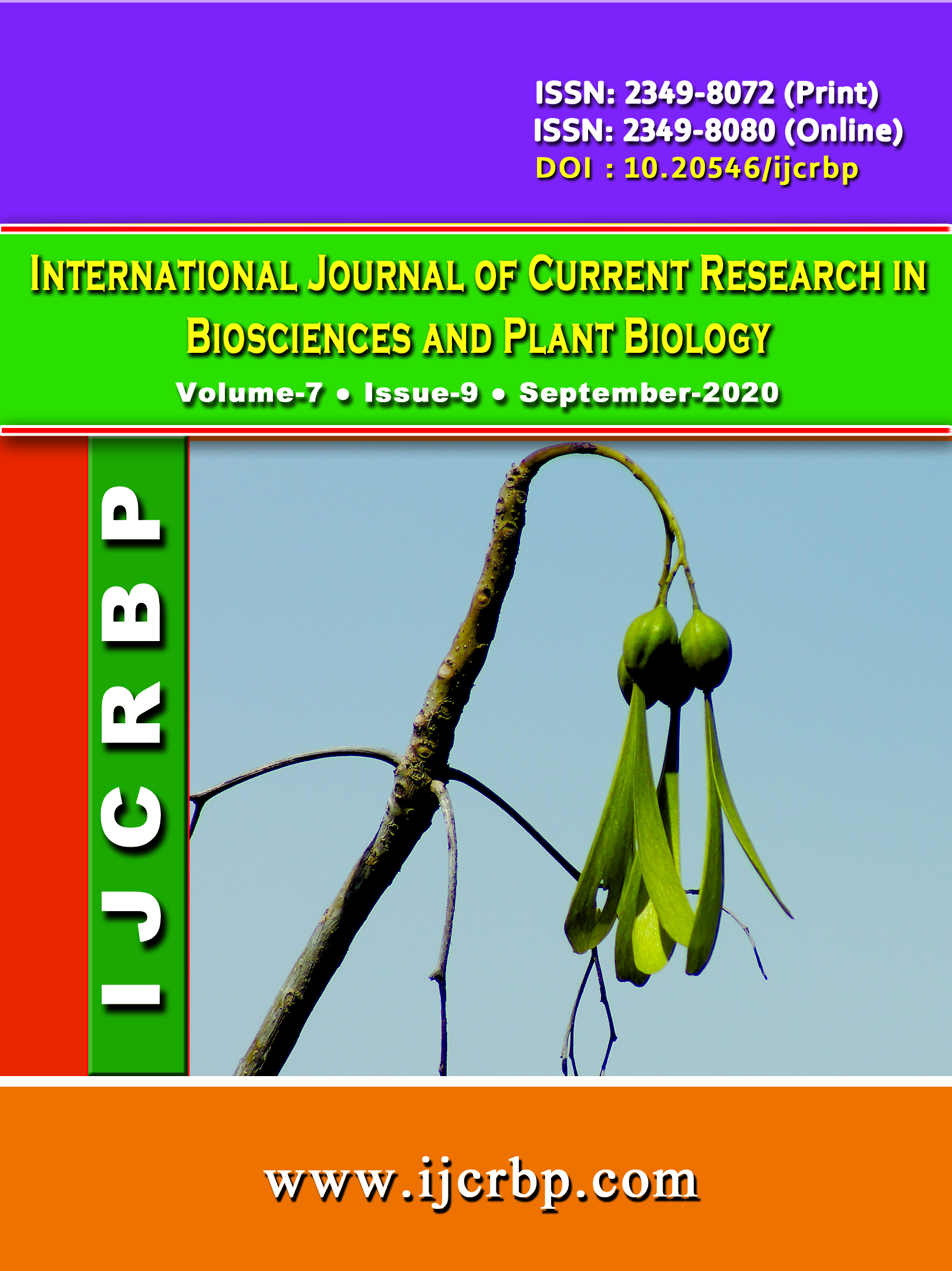 |
Online ISSN : 2349-8080 Issues : 12 per year Publisher : Excellent Publishers Email : editorinchiefijcrbp@gmail.com |
2Department of Forestry & NR, HNB Garhwal University, Srinagar, Garhwal, Uttarakhand – 246 174, India
3Central Agroforestry Research Institute, Jhansi, Uttar Pradesh – 284 003, India
Climate change is one of the impending problems that have affected the productivity of agroecosystems which calls for urgent action. Carbon sequestration through agroforestry along altitude in mountainous regions is one of the options to contribute to global climate change mitigation. Three altitudes viz. lower (286-1200m), middle (1200-2000m), and upper (2000-2800m) have been selected in Tehri district. Ten Quadrates (10m × 10 m) were randomly selected from each altitude in agrisilviculture system. At every sampling point, one composite soil sample was taken at 30 cm soil depth for soil organic carbon analysis. For the purpose of woody biomass, Non destructive method and for crop biomass assessment destructive method was employed. Finally, aboveground biomass (AGB), belowground biomass carbon (BGB), Total tree Biomass (TTB), Crop biomass (CB), Total Biomass (TB), Total biomass carbon (TBC), soil organic carbon (SOC), and total carbon stock (TC) status were estimated and variables were compared using one-way analysis of variance (ANOVA).The result indicated that AGB, BGB, TTB, CB , TB, TBC, SOC, and TC varied significantly (p < 0.05) across the altitudes. Results showed that total carbon stock followed the order upper altitude ˃ middle altitudes ˃ lower altitude. The upper altitude (2000-2800 m) AGB, BGB,TTB, TBC,SOC, and TC stock was estimated as 2.11 Mg ha-1 , 0.52 Mg ha-1, 2.63 Mg ha-1, 2.633 Mg ha-1, 1.18 Mg ha-1 , 26.53 Mg ha-1, 38.48 Mg ha-1 respectively, and significantly higher than the other altitudes. It was concluded that agrisilviculture system hold a high potential for carbon storage at temperate zones. Quercus lucotrichophora, Grewia oppositifolia and Melia azadirach contributed maximum carbon storage which may greatly contribute to the climate resilient green economy strategy and their conservation should be promoted.
